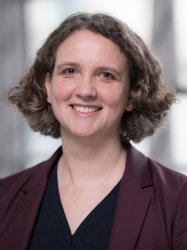BibTex format
@inproceedings{Yeddula:2022:10.2514/6.2022-2977,
author = {Yeddula, SR and Guzmán-Iñigo, J and Morgans, AS and Yang, D},
doi = {10.2514/6.2022-2977},
title = {A Magnus-expansion-based model for the sound generated by non-plane entropy perturbations passing through nozzles},
url = {http://dx.doi.org/10.2514/6.2022-2977},
year = {2022}
}

